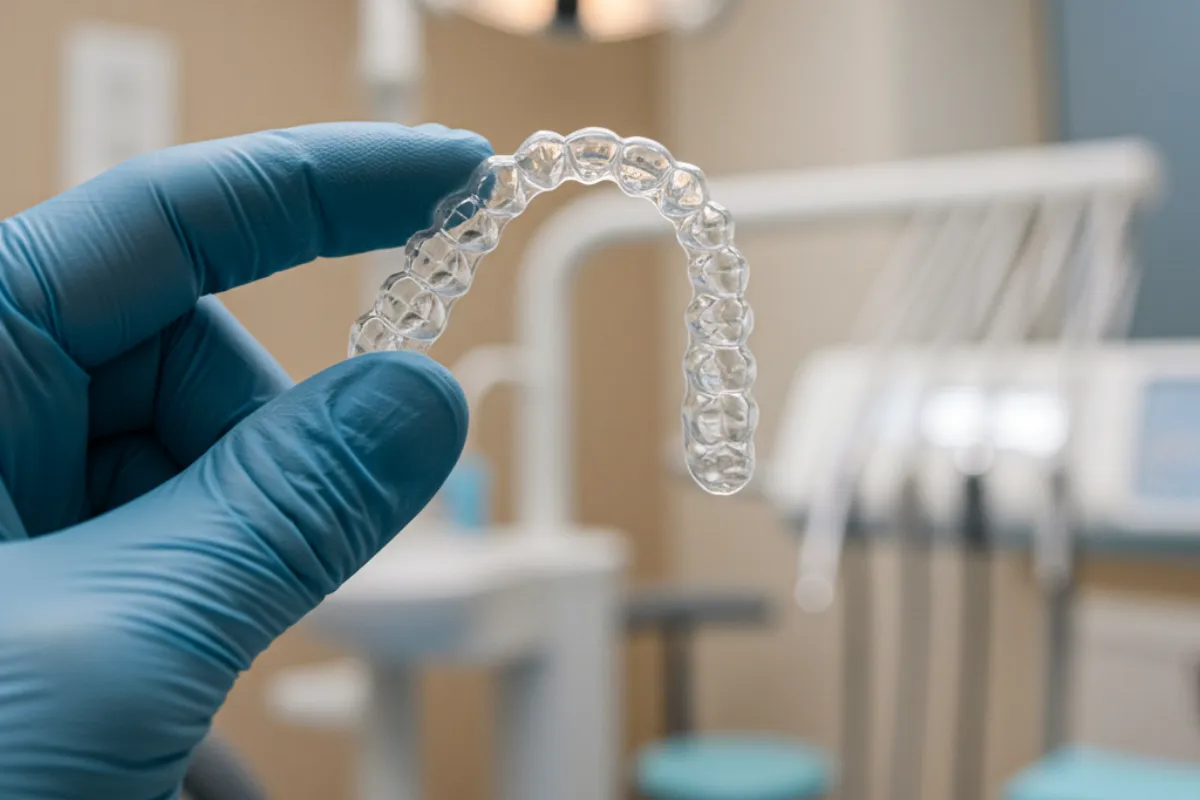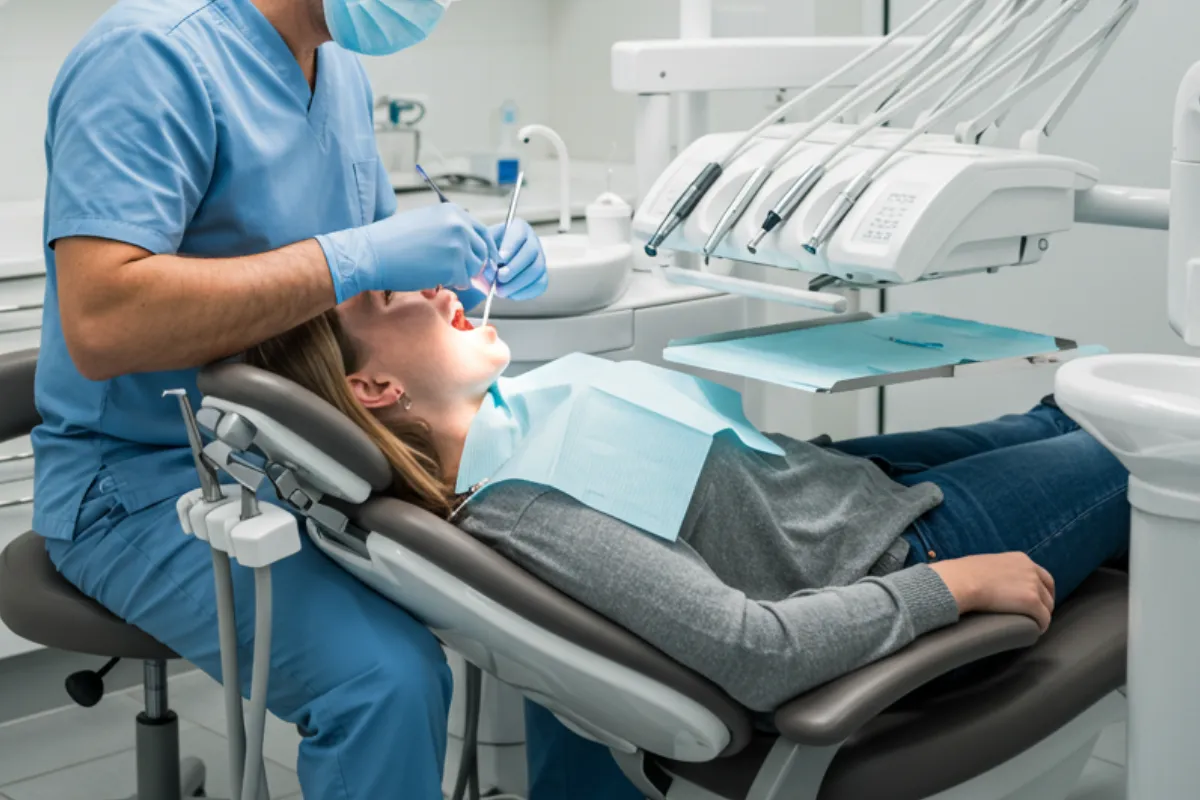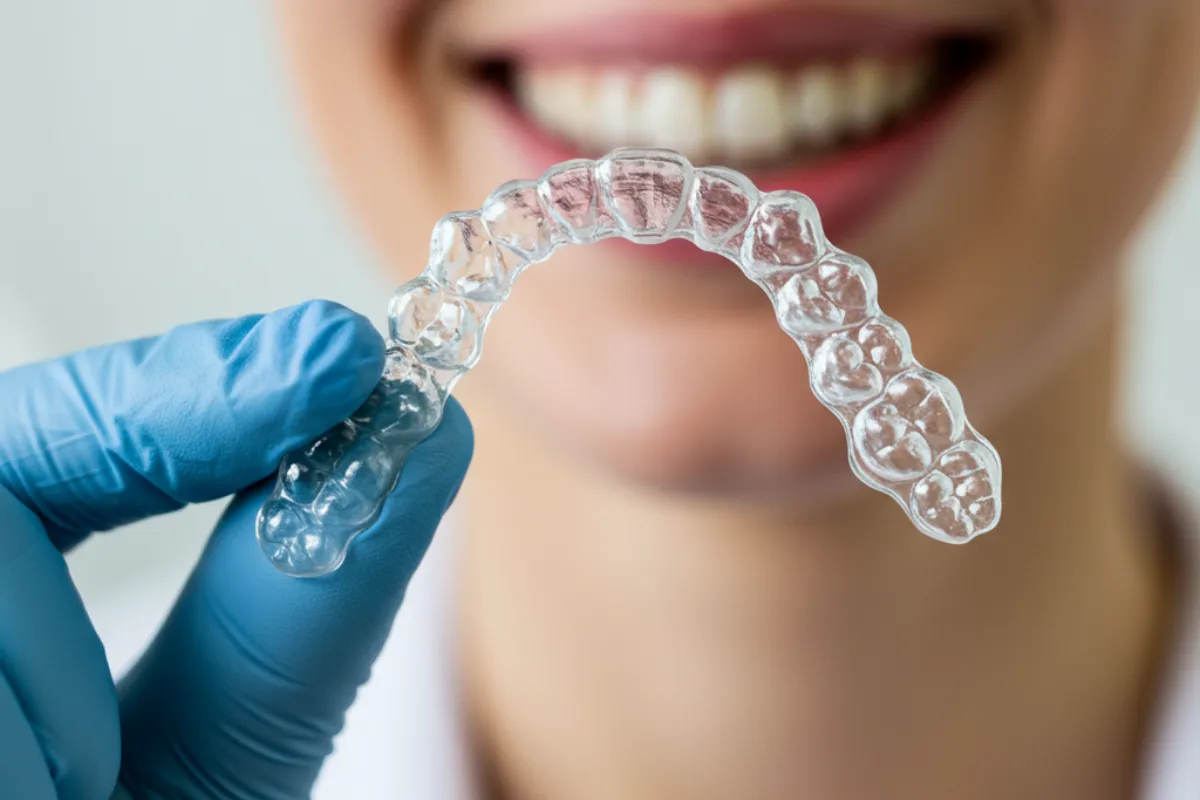Invisalign Treatment Timeline: What to Expect at Every Age

What Is Invisalign and How Does It Work?
Invisalign has revolutionized the way people approach orthodontic treatment. Unlike traditional metal braces, which use brackets and wires to move teeth into alignment, Invisalign employs a series of clear, custom-made plastic aligners. These aligners are designed to fit snugly over your teeth and apply gentle, consistent pressure over time, guiding your teeth into their ideal positions.
The process begins with a thorough assessment and digital scans of your mouth, which are used to create a 3D model of your teeth. This model helps dental professionals develop a precise treatment plan and design each set of aligners to achieve specific movements at each stage of the process. Typically, aligners are worn for about two weeks before being replaced by the next set in the series, with each new pair continuing the work of shifting your teeth closer to your desired smile.
One of the primary benefits of Invisalign is its discreet appearance. The clear plastic material makes the aligners much less noticeable than metal braces, allowing patients to straighten their teeth without drawing attention to their treatment. Additionally, the aligners are removable, which means you can take them out when eating, brushing, and flossing. This flexibility helps maintain oral hygiene and lifestyle routines with minimal disruption, making Invisalign an appealing choice for teens and adults alike.
How Long Does Invisalign Take for Different Age Groups?
When considering Invisalign, one of the first questions many patients have is, “How long will the treatment take?” While the answer depends on several factors, there are some general guidelines based on age groups.
For adults, the average Invisalign treatment time is typically around one year. This relatively quick turnaround is possible because adult teeth are fully developed and respond predictably to the gentle, continuous pressure applied by the aligners. However, the exact timeline may vary depending on the complexity of the case and the patient’s adherence to the recommended wear schedule.
For teenagers, Invisalign treatment may take slightly longer than it does for adults. This is because teens' mouths are still developing, and new teeth may emerge throughout the process. As a result, the treatment plan may need to be adjusted along the way to accommodate changes in dental alignment and growth. Despite these variables, most teens complete their Invisalign journey within 12 to 18 months.
Ultimately, both adults and teens benefit from ongoing monitoring and personalized care throughout their treatment. Regular dental check-ups ensure that each stage is progressing as planned and that adjustments can be made when necessary. Dental professionals work closely with patients to set realistic expectations and provide guidance, so every individual achieves optimal results on a timeline that fits their unique needs.
Key Factors That Influence Invisalign Treatment Duration
The duration of Invisalign treatment is not a one-size-fits-all scenario. Several key factors come into play, significantly influencing how long it will take to achieve your desired smile.
The severity of the misalignment is perhaps the most significant determinant. Mild cases, such as minor crowding or small gaps, may require fewer aligners and, therefore, less time—sometimes as little as six months. On the other hand, more complex dental issues, like significant crowding, spacing, or bite problems, will need additional aligners and a longer timeline to correct.
The number of aligners prescribed is directly related to the complexity of your case. Each aligner set is typically worn for about two weeks before moving on to the next. For example, if your treatment plan includes 16 sets of aligners, your total treatment time would be approximately 32 weeks, or about eight months. More severe cases could require 30 or more aligners, extending the duration.
Patient compliance is another crucial factor. For Invisalign to be effective, aligners should be worn for about 22 hours per day. Removing them too often or for extended periods can impede progress and prolong the overall treatment. Aligners should only be taken out for eating, drinking anything other than water, brushing, and flossing.
Lastly, your dental professional will monitor your progress and may adjust your treatment plan if teeth are moving faster or slower than expected. By following instructions closely and attending regular check-ups, you can help ensure your Invisalign journey stays on schedule.
Tips for Staying on Track with Your Invisalign Journey
Staying committed to your Invisalign treatment plan is essential for achieving the best results in the shortest time possible. Here are some practical tips to help you stay on track:
First and foremost, wear your aligners for the recommended 22 hours each day. Consistent wear ensures that your teeth keep moving according to the treatment plan. Only take out your aligners for meals and when brushing or flossing your teeth—resisting the temptation to remove them for snacks or social events will help prevent unnecessary delays.
Maintaining impeccable oral hygiene is also key. Clean your aligners daily with a soft toothbrush and mild soap or a specialized cleaning solution. This not only keeps them clear and odor-free but also reduces the risk of cavities and gum issues during treatment.
Staying organized can make a big difference. Set phone reminders or use mobile apps designed for Invisalign users to track when it’s time to switch to a new set of aligners. These tools can also help you record your wear time and progress, ensuring you stick to your schedule.
Regular dental appointments are vital. Your dentist will check your progress, make necessary adjustments, and provide guidance to address any concerns. Open communication with your dental care team ensures you’re on the right track and supports a smooth journey from start to finish.
By following these strategies, you can maximize the effectiveness of your Invisalign treatment and move confidently toward your new smile.
Recognizing Progress: When Will You See Results?
One of the most exciting aspects of Invisalign treatment is seeing your smile gradually transform. Most patients begin to notice noticeable changes in their teeth alignment within the first four to six weeks of starting treatment. These early adjustments may be subtle but can become more pronounced as the process continues.
Tracking your progress can be motivating and reassuring. Many patients find it helpful to take weekly photos of their smiles to compare changes over time. This visual record can highlight even minor improvements that might otherwise go unnoticed in daily life. You may observe that certain teeth shift faster, depending on their initial position and the overall treatment plan.
It’s important to remember that steady, visible progress depends on consistent aligner wear. The more closely you follow your dentist’s instructions, the sooner you’ll enjoy the full benefits of your Invisalign journey. If you ever feel uncertain about your progress or have questions about your results, don’t hesitate to discuss them during your dental check-ups.
Celebrating each milestone—whether it’s the first visible change, completing a set of aligners, or reaching the halfway point—can boost your motivation and keep you committed to the process. By staying diligent and patient, you’ll soon achieve the confident, healthy smile you’ve been working toward.





